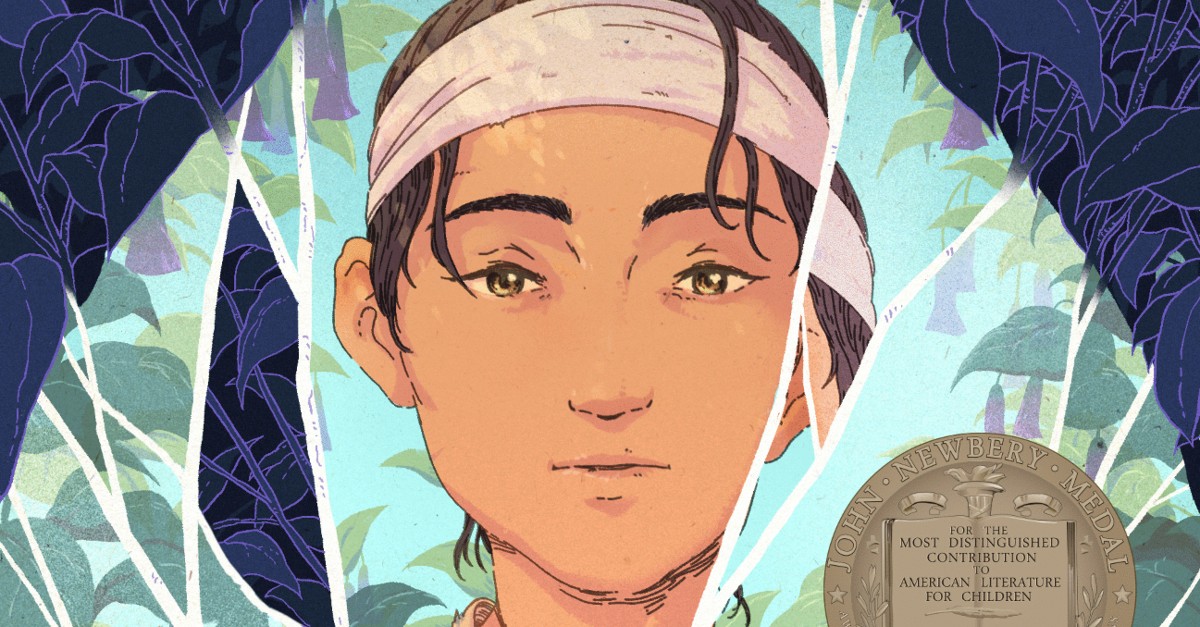March is National Reading Month, which for a bookworm like me is always exciting. There’s nothing I love more than sharing the latest books which have found their way onto my bookshelf. However, this past week something happened which gave me pause. An acquaintance of mine, who happens to be Asian American, recalled a particularly painful moment from his childhood classroom. His teacher had read to students from a certain picture book which depicted Asians with exaggerated features.
Being children, the students had laughed at the image, and in that moment, my friend could barely describe how alone and othered he felt. We often praise literature for how it can open young minds to new experiences and ideas. It’s easy to forget that sometimes those ideas can be misguided or hurtful toward their fellow students.
What Stories are You Telling?
Now, to be clear, I am in no way starting a discussion about books and cancel culture. That is a conversation WAY above my pay grade. However, this story does serve to remind educators of an important truth. The books we bring into the classroom will have a profound effect on the students who read them. As such, we need to be mindful of what literature we choose to include in our student libraries.
All teachers hope to inspire their students and help them grow into kind, hard-working individuals. Having the right books can be a vital part of this growth and development. This means we need to construct our class libraries with thoughtful consideration. It’s not enough to simply include popular novels, the literature on our shelves should have a purpose. After all, students will be learning from it, just as they learn from their daily lessons. So, it’s fair to ask, what sort of stories are we telling?
Checking Out
To help you get started, here are 5 types of books for your classroom:
- Books with Diverse Characters: Every child deserves to see themselves as the protagonist of their own story. A good way to ensure this is by including books whose characters come from a variety of backgrounds. This can include lead characters who are people of color like in Hair Love by Matthew Cherry and A Single Shard by Linda Sue Park, or even neurodivergent heroes such as Max from Rodman Philbrick’s Freak the Mighty.
- Books with Diverse Authors: While diverse characters are good, so are diverse authors. Having books with a diverse collection of authors shows students that you’re willing to listen. It tells them that you’re interested in their thoughts and feelings, and that your classroom is a safe place to share. Diverse authors also ensure that young readers can find voices who empathize with their experiences.
- Real-Life Heroes: Typically, non-fiction books get overlooked when it comes to young readers. That’s a shame because there are plenty of extraordinary people who your students should know! Whether it’s Ada Lovelace, the Queen of Computing, or Junius G. Groves, the Potato King of the World, these real-life heroes can encourage your students to work hard and chase their dreams.
- Graphic Novels: I’ve written about the importance of keeping comics in the classroom more than once. Comics and graphic novels have been shown to increase interest in reading, improve student vocabulary, and provide positive representation for readers. They can also lead students through difficult issues by helping them understand social-emotional themes. Best of all, they’re really fun to read!
- Off the Beaten Path: There’s a reason we include the classics in our bookshelves, their classic! Still, sometimes it pays to wander off the beaten path and find a lesser-known book to share with your students. This is particularly true when you’re trying to cultivate a diverse bookshelf, since we risk pigeonholing students with well-known novels or common themes. As a bonus, hunting for undiscovered gems is a great way to teach your class the value of curiosity!
Let’s Get Reading
So, take a moment this month to organize your bookshelf and celebrate the wonders of reading alongside your students. Classroom libraries are one of the best tools we have for teaching young minds to be curious and creative. Like any good tool though, it needs regular maintenance to stay sharp. Let’s make sure our shelves are stocked with stories that instruct, inspire, and show our students just how incredible they truly are!
We hope you are all staying healthy and safe during this difficult time. For more free educational resources simply follow this link. If you enjoyed this blog post, don’t forget to subscribe!
*Today’s image comes from A Single Shard by Linda Sue Park. Get your copy today.

